A bonsai tree is not genetically tempered to make it smaller. They are kept miniature by using techniques like repotting, pruning, and wiring.
Bonsai includes fruit trees as well. The most popular bonsai tree fruits are crabapple, pomegranate, olive trees, and several other citrus varieties.
[amazon box=”B08TGY9D7L”]Are Bonsai Tree Fruits Edible?
Yes! Bonsai fruits are edible, but there is a little catch here. You can definitely consume fruits from a bonsai tree. Just make sure that the bonsai is not poisonous. Some trees are like mango and apple, are very well known for bonsai tree bearing fruits.
What Bonsai Fruits are Edible?
First, bonsai fruits are just like any other fruits, so before consuming them, make sure that you wash them very properly. Are you wondering that how does a fruit-bearing bonsai tree look? It looks exactly like any other bonsai that is fruit-bearing bonsais have a miniature structure.
So, as you already know by now, you can not only consume the bonsai fruits, but you can also grow them just like other bonsais.
Let’s take an example of the bonsai apple tree; such tree can be grown as bonsai without a problem.
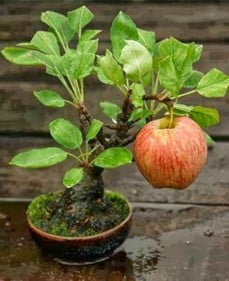
This picture might give an impression that it’s photoshopped, but it is not. Given below are some of the bonsai fruits that you can consume without any problem. We have mentioned the years it takes to produce the fruits.
[table id=2 /]Are Bonsai Fruits Smaller in Size?
Many people believe that the fruits grown on bonsai are smaller than the other fruits. As we mentioned earlier, there are no genetic changes made with bonsai; therefore, the bonsai fruits are the same size as the mother trees.
Over the span of time, the leaves start growing smaller in size, but the size of fruits remains constant.
How Healthy are Bonsai Fruits?
We already know that bonsai fruits are edible but are they healthy for you? Well, few reasons make them a healthier choice –
- Pesticide-free
- We do not use chemicals to ripe the fruit
- No Preservations
- Last but not least is that they come at zero cost
However, every coin has two sides, and to avoid the side effects, keep following things in mind.
- If you have any allergy to the original fruit, then the same needs to be considered for the bonsai fruit.
- As we do not use pesticides on our bonsai trees, pesticide-free trees attract more pests. Pests can lay their eggs in fruits, and there is no way you see it from outside. So be very careful while consuming them.
- Also, look for the small holes in the fruit or any black spots on it. Look carefully on both sides of the fruit to see if there is something like white eggs. If yes, wash it off completely.
- Make sure that you consume the fruit after cutting it into pieces so that you can detect wormholes and avoid consuming that fruit.
Non-edible Bonsai Trees
few bonsai trees look very beautiful, but the fruits of such bonsai can kill you or your family in seconds. Mentioned below are some bonsai fruits that you should avoid –
- Apricot Bonsai – Consuming this in large quantities
- Ackee Bonsai
- Elderberries Bonsai
- Manchineel Bonsai
- Jatropha Bonsai
- Yew Berry Bonsai
- Strychnine Bonsai
- European spindle fruits
- Panguim module Bonsai
Above trees can be grown as a bonsai without any trouble. It’s just that the fruits of these trees are poisonous in nature and thus cannot be consumed.
Cooking with Bonsai Fruits
As we have already discussed, bonsai fruits are normal fruits, and therefore, there is no harm in using them while cooking.
Conclusion
The conclusion is that you can enjoy bonsai fruits just like normal fruits. Remember to stay away from the poisonous ones, and you are good to go.
Get yourself a beautiful bonsai today.
[amazon box=”B078SM286N”]Stay tuned for more information on similar topics.

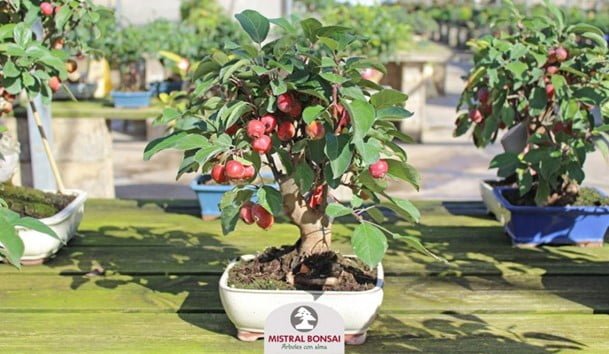
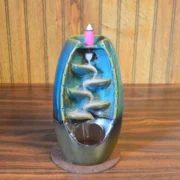
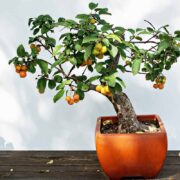
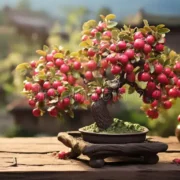
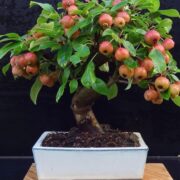
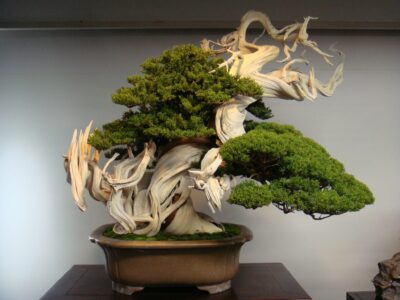
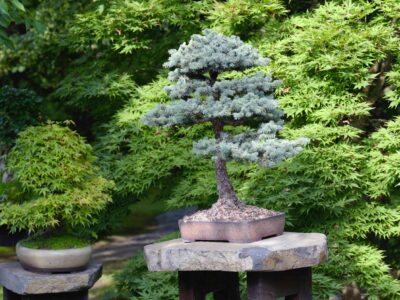
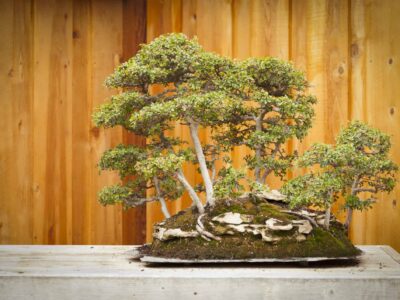
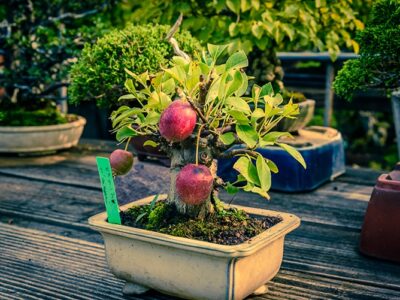
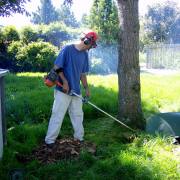
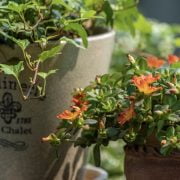


Comments